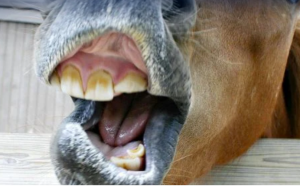A recent article by New York Times columnist and linguist John McWhorter deals with the way Black American English is becoming a language option available to everyone, of whatever ethnic background. (True that, John). In the course of the article he mentions in passing that regional accents are very weak in the US in comparison to elsewhere.
Irish regional accents, on the other hand, are one of the glories of humanity. The late actor June Whitfield, well known for her facility with accents, was once asked to sound Ulster, so she took on the Antrim burr common in north Belfast. The director then asked her to soften it to something from Bangor in Co. Down. She asked ‘Which street in Bangor?’

All of which led me to realise that Irish regional accents must also be one of the banes of pre-literate record-keeping, and that Americans researching Irish records are unlikely to be aware of the extent to which accents may have coloured and distorted what they’re looking for.
Just as “tea” becomes “tay” in the West, Keane becomes Kane, Deane becomes Dane, Heaney becomes Hayney… As eggs are laid by “hins” in south Roscommon, so Lenihan becomes Linihan and Grenham, Grinham. Slavin becomes Slevan and Sugrue becomes Shoughroe and Geehan becomes Guiheen and in Belfast, Lane becomes “Leayen” and Strain becomes “Streayen”.
I could go on. One thing almost all these distortions have in common is that the culprits are vowels, because vowels are where most accents live. So to get a sense of what’s possible, take out the vowels from the surname you think your ancestors had and substitute them with wildcards. Have a go here.
A Belfast newsreader on Ireland’s RTÉ gives me a little thrill every time she says “reayin”. Given the weather here, she has to say “reayin” a lot. Lucky me.